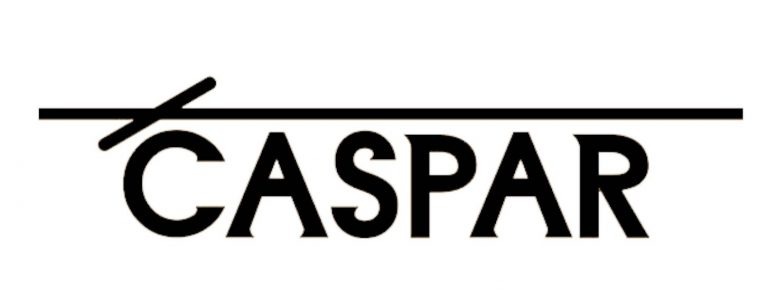If you’ve ever ventured into the world of specialty coffee, you may have come across the term “cupping score.” But what exactly does it mean? In the realm of coffee connoisseurs and professionals, a cupping score plays a significant role in evaluating and grading the quality of coffee beans. It provides valuable insights into the flavor, aroma, and overall sensory characteristics of a particular coffee.
Cupping is a standardized tasting method used to assess the quality and characteristics of coffee beans. It involves brewing coffee samples and evaluating them in a controlled environment. This process allows cuppers (professional coffee tasters) to objectively analyze and compare various coffees based on specific criteria.
The cupping score is essentially a numerical rating assigned to a coffee after a cupping session. It serves as a benchmark to assess the coffee’s quality, flavor profile, cleanliness, and potential defects. The scoring system may vary depending on the organization or institution conducting the cupping, but the Specialty Coffee Association (SCA) has established widely recognized protocols for cupping evaluation.
Typically, a cupping score ranges from 0 to 100, with 100 being the highest possible score. However, it’s important to note that a perfect score is quite rare and often elusive. In practice, the majority of high-quality specialty coffees usually fall within the range of 80 to 90 points.
During a cupping session, several attributes are considered when assigning a score to a coffee. These attributes include fragrance and aroma, acidity, body, flavor, aftertaste, sweetness, uniformity, and overall balance. Each attribute is evaluated based on its intensity, clarity, and overall sensory experience.
The fragrance and aroma of a coffee are assessed by inhaling the aroma released when hot water is poured over the ground coffee. The aroma can vary from floral and fruity to nutty or chocolatey, and it provides important clues about the coffee’s potential flavor profile.
Acidity refers to the perceived brightness or liveliness in a coffee, which can range from delicate and citrusy to vibrant and wine-like. Body refers to the weight or mouthfeel of the coffee, ranging from light and tea-like to heavy and syrupy.
Flavor is perhaps the most crucial aspect of a cupping score, as it encompasses the range of taste experiences in the coffee. The flavor profile can include notes of fruit, chocolate, caramel, floral, or any other distinctive characteristics. Aftertaste represents the lingering flavors that remain in the mouth after swallowing the coffee.
Sweetness is evaluated based on the coffee’s natural sweetness and lack of unpleasant bitterness or astringency. Uniformity assesses the consistency of flavor and quality across multiple cups from the same sample.
Lastly, the overall balance takes into account how all the attributes work together harmoniously. A well-balanced coffee exhibits a pleasant synergy between acidity, sweetness, body, and flavor.
Once all the attributes are evaluated, the cupper assigns scores to each category, which are then tallied to calculate the cupping score for a coffee. This score provides valuable information to coffee professionals, buyers, and consumers who are seeking high-quality coffees with specific flavor profiles.
While cupping scores are primarily used within the specialty coffee industry, they can also serve as a useful guide for consumers in making informed decisions about the coffee they purchase. Coffees with higher scores generally indicate superior quality, more complex flavors, and a delightful sensory experience.
In conclusion, a cupping score is a numerical rating assigned to coffee beans after a rigorous cupping evaluation. It helps gauge the quality, flavor, and sensory characteristics of the coffee, providing valuable insights to coffee professionals and consumers alike. So, the next time you come across a cupping score, you’ll have a better understanding of its significance in picking a high quality coffee bean!


















